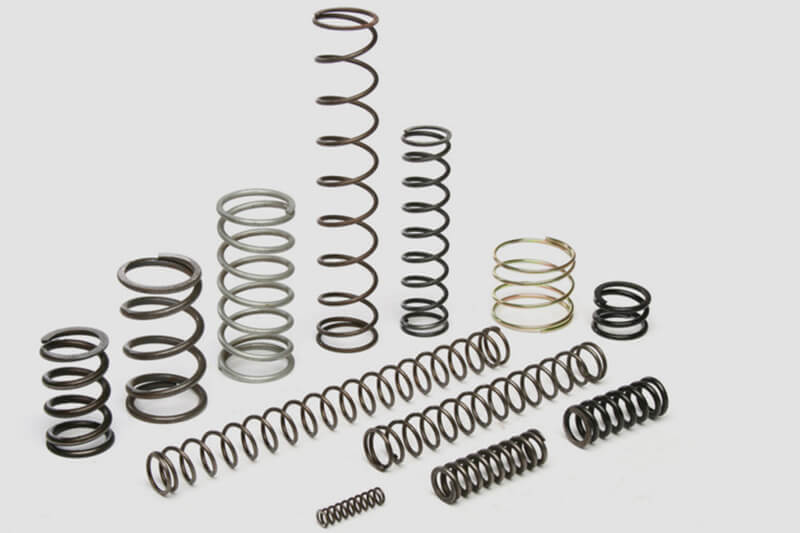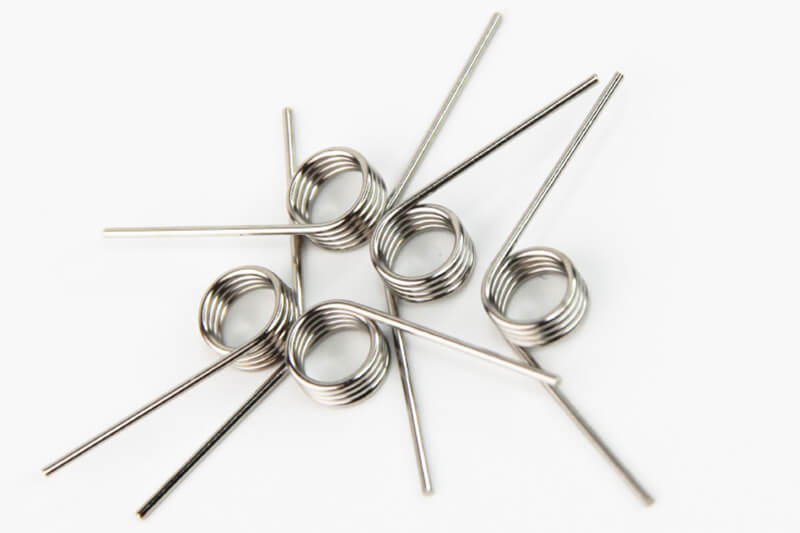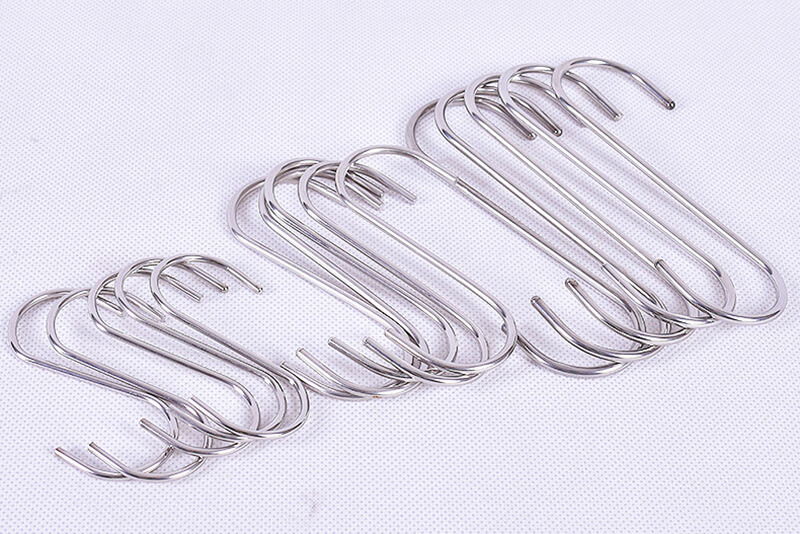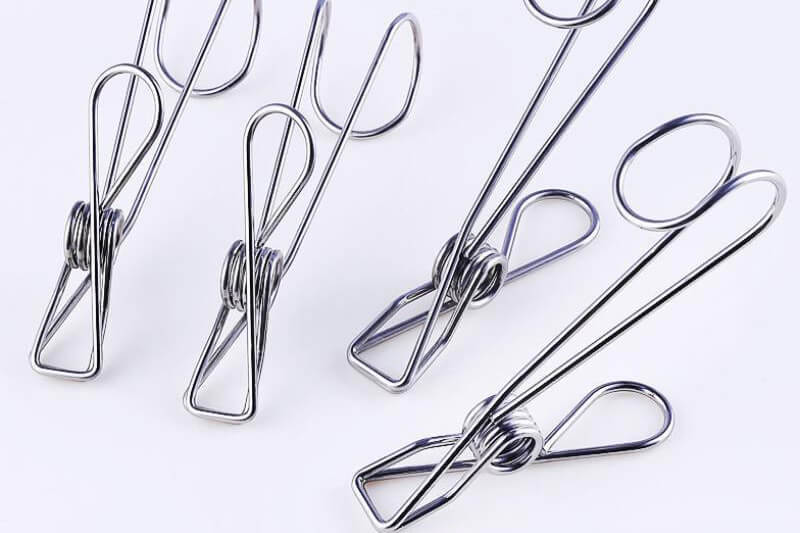Customized

WHY CHOOSE US TO CUSTOMIZE?
Our self-developed production testing equipment has a senior technical team with more than 10 years of experience.
We carefully select materials to ensure long service life, strong hardness, strong flexibility and corrosion resistance.
First of all, the raw materials must be tested. Secondly, after the salt test and full inspection of the product reach the standard, it is confirmed by manual counting, counting scale and platform scale to ensure that the product is guaranteed in quality and quantity.
Each type of packaging is made of high-quality special boutique cartons or nylon double-layer bags, which can be customized according to customer requirements.
We ship in 3-7 days for you as soon as possible, and we have cooperation with professional logistics, fast, and ensure that the goods are delivered to your hands as soon as possible.
We provide you with high-quality tracking services throughout the entire process from proofing, confirming samples to mass production.
CUSTOMIZATION PROCESS
1) Clients send inquiries, consult samples or drawings.
2) Provide sample drawings, including the necessary parameter information for spring yellow, such as wire diameter, outer diameter, length, number of turns, etc.
3) The customer service staff evaluates and quotes according to the customer’s customized requirements.
4) The customer confirms the customized project and quotation, including production materials and production processes.
5) The proofing is completed and sent to the customer to confirm that it meets the requirements.
6) Confirm the contract, deliver the deposit, and we will produce the customized items.
7) After the production is completed, we pack the finished products and prepare them for shipment.
8) After the customer receives the notice of completion of production and packaging, and pays the balance, we will arrange the delivery.


SPRING MATERIAL
Spring materials are very diverse. From the material grades, they can be simply divided into: high carbon steel series, stainless steel series, oil quenched alloy series, copper alloy series, nickel-chromium alloy series, nickel-cobalt alloy series, molybdenum titanium and other special alloys series. They can be further subdivided into: high carbon steel wire, piano steel wire, precipitation solidified stainless steel wire, two-way stainless steel wire, silver-plated beryllium copper wire, iron-based nickel alloy, cobalt nickel complex molybdenum alloy, titanium alloy wire, medical alloy wire .
According to the most common use classification, we can divide them into two major categories: commonly used main materials and special refined materials. Commonly used main materials are the most commonly used materials for more than 80% of daily production. Our requirements for this are excellent quality, stability and reliability. When we use such main materials, we designate internationally well-known brands and brand numbers to ensure the quality of the products. Special fine materials are mainly used to meet the special requirements of customers for spring performance.
PRODUCTION PROCESS
The processing technology includes: winding technology, stamping technology, crimping technology, willow joining technology, composite technology. The main function is to ensure that the spring is wound or punched out of the required shape and size.
The heat treatment process includes: medium and low temperature tempering, high temperature quenching and tempering, lead bath salt bath, solid solution aging. The main function is to substantially improve the relevant properties of the material.
The post-treatment process includes: pre-pressing, reserved deformation, hot pressing, vibration grinding, polishing. The main function is to enhance the spring performance and improve the appearance of the spring.
Surface treatment processes include: electroplating zinc, nickel, chromium, gold, silver; Dacromet and Geomet; electrophoresis and spray; Teflon and phosphating saponification; flocking and encapsulation. The main function is to enhance the corrosion resistance, hardness, wear resistance, and electrical conductivity of its surface, and it may also be for the aesthetics of the surface.

